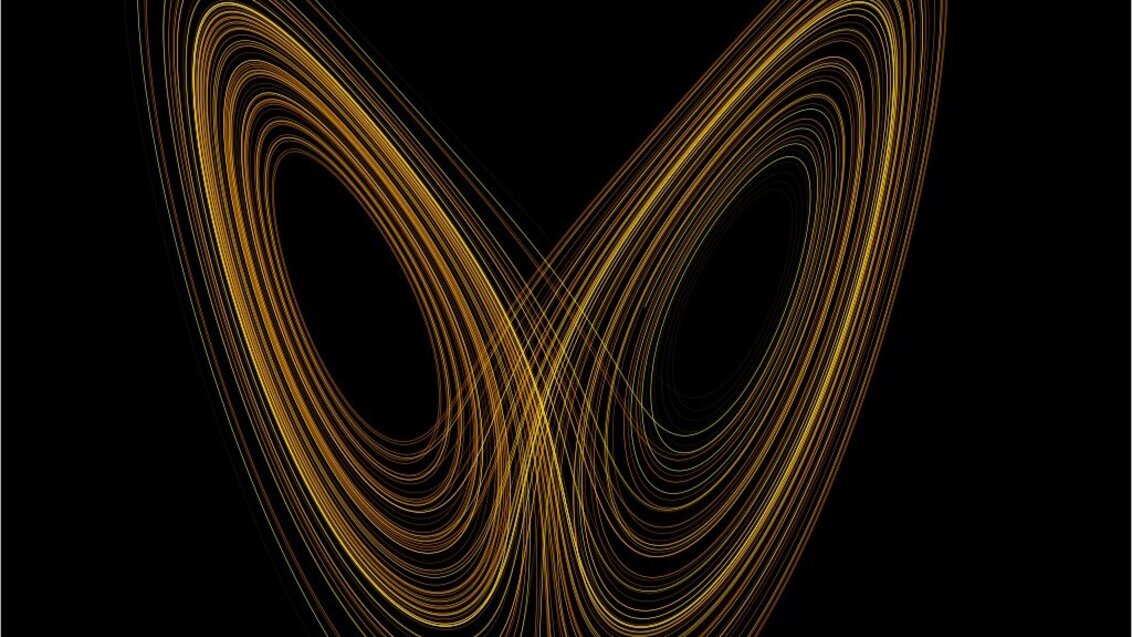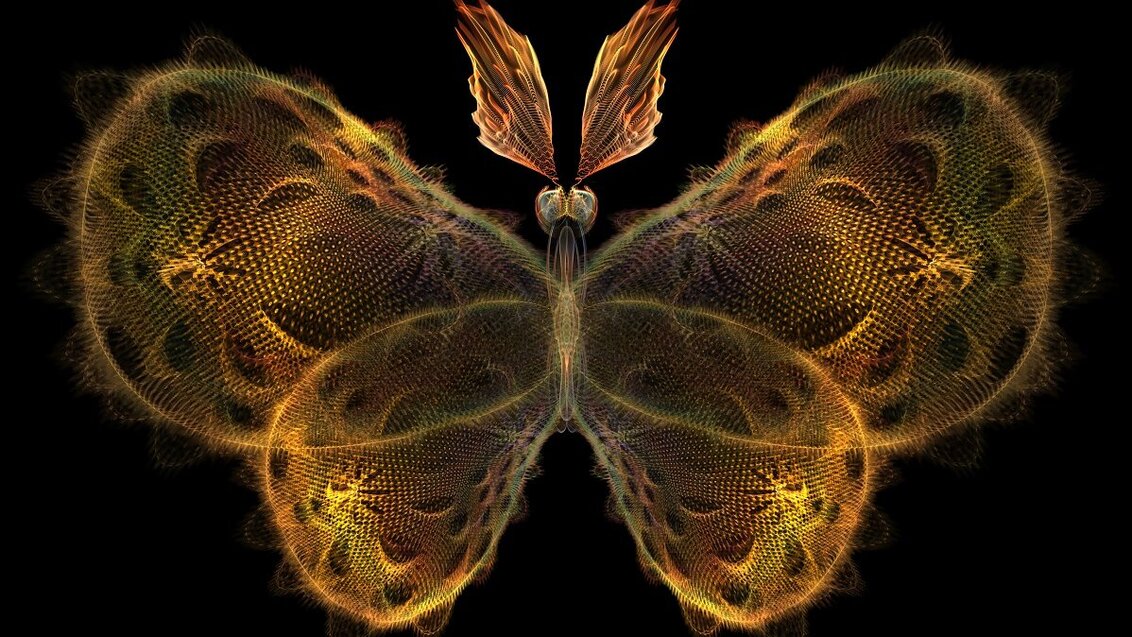Can a butterfly dying in Amazonia cause a tornado in Poland? Theoretically, it is possible! Mathematicians prove that even the tiniest change in initial conditions can have grand and completely unpredictable consequences. The butterfly effect is an anecdotal example of deterministic chaos, which has also been the focus of investigations of the scientists from the Faculty of Applied Mathematics. A research team led by Jan Boroński, Dr hab., is studying the so-called “strange attractors”, that is, objects with a fractal structure occurring in chaotic systems.
And then there was chaos
Let’s imagine a person who knows the precise location and momentum of every atom in the universe, which gives them the power to predict the future. This thought experiment, known as Laplace’s demon, illustrates the assumptions of physical determinism, which state that there are no coincidences in the universe. However, quantum mechanics excludes the existence of such an individual – according to the uncertainty principle, there is a limit to the accuracy with which the values for certain pairs of physical quantities can be predicted. Additionally, it turns out that predicting the future is quite problematic for classical mechanics as well; moreover, an element of randomness can occur even when we know the precise state of a given system.
Lorenz attractor that resembles the wings of a butterfly; source: Wikipedia


 Pre-election meeting with a candidate for the position of rector
Pre-election meeting with a candidate for the position of rector  Agreement on cooperation with OPAL-RT
Agreement on cooperation with OPAL-RT  Krakow DIANA Accelerator consortium members with an agreement
Krakow DIANA Accelerator consortium members with an agreement  Meeting with the Consul General of Germany
Meeting with the Consul General of Germany  More Academic Sports Championships finals with medals for our students
More Academic Sports Championships finals with medals for our students  Bronze for our swimmers at Academic Championships
Bronze for our swimmers at Academic Championships  Smart mountains. AGH University scholar develops an intelligent mountain rescue aid system
Smart mountains. AGH University scholar develops an intelligent mountain rescue aid system